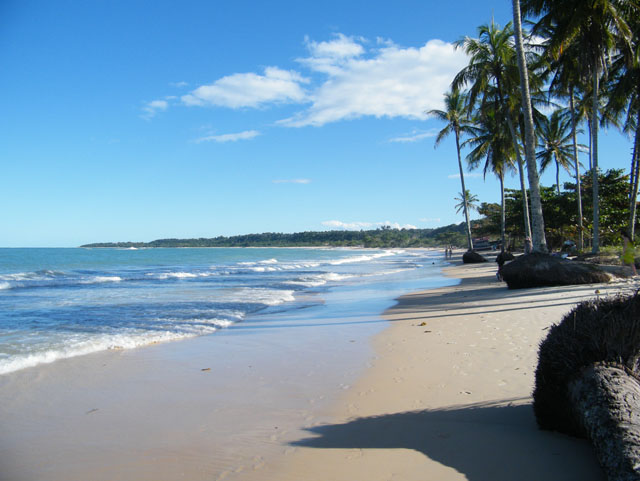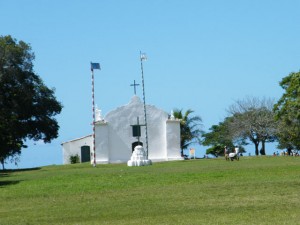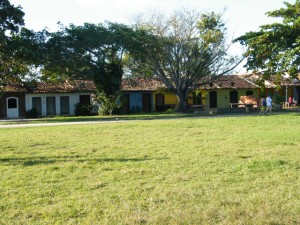The journey from Valdivia to Santiago would be approximately 800km, but we chose to stop a little under 200 km before Santiago. Once again, we were worried about finding a hotel in the early evening, so we phoned a couple of hotels the previous night to check availability. The first was in the Santa Helena winery, but was fully booked already, so we called the Hacienda los Lingues who had vacancies so we made a reservation.
The drive from Valdivia was completely uneventful, however it was the first and last time that it rained on our trip! The journey probably took around 8 hours including a couple of quick stops for fuel and food etc.
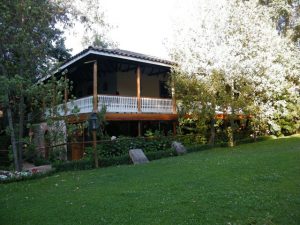
We arrived at the Hacienda and checked in. It looked beautiful and lovely place to stay and there were a lot of cars in the car park. After being shown to our room and ordering dinner (we had to pre-order), we went on an exploratory walk around the grounds and discovered that the vehicles belonged to a film crew shooting a pilot/preview for Chile’s next novella (soap opera). Perhaps we met Chile’s most famous actors, but didn’t know… We then met the manager and one of the owners of the farm. It is owned by the original family who still live there and run the hotel.
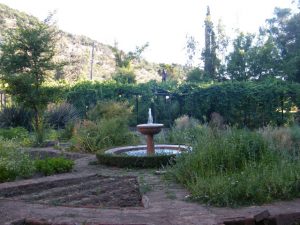
After seeing more, we realised that the hotel wasn’t quite as nice as first appearances and various parts were a little neglected. The price was very for a luxury hotel, but the service didn’t really come up to this level. The dinner was ok, but my order was different from the menu. All in all, not a place I would recommend and the price they were charging.
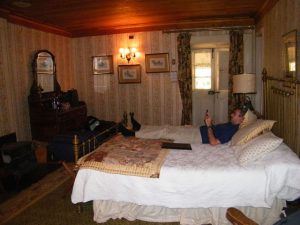
The next day we had to get to Santiago before midday to return the hire car and check-in for our flight to Calama (the nearest airport to San Pedro de Atacama and the city that supports Chile’s largest and one of the the world’s largest copper mines – Chuquicamata). We had pre-booked flights on Sky airlines, Chile’s second biggest airline after Lan Chile. The prices of Sky were much much cheaper than Lan. The only problem with them was that don’t except foreign credit cards on their website, so booking involved phone calls and emails. It all worked out well and I’d thoroughly recommend that others consider making the effort to do this.
The flight to Calama was about two and a half ours with one stop (different cities in each direction). Once again, this was uneventful and we were met by someone that was going to provide the 75 minute transfer from Calama to San Pedro. We had pre-booked this transfer, but I don’t think it was necessary with hindsight.
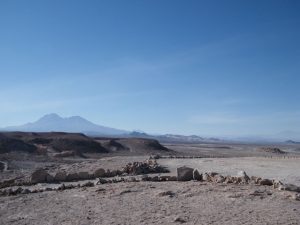
The journey was through the desert on a good road. You leave Calama and go over a mountain range which takes you to height of around 3,400 metres before dropping down into the valley between these mountains and the Andes. San Pedro is at the foot of the Andes on the far side of the valley across the salt lake (more next post). It is a town based around a natural oasis whose water source is in the Andes mountains.
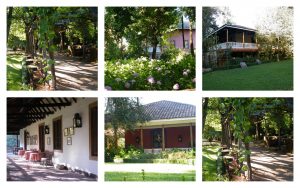
Chegamos à Hacienda Los Lingues depois de um dia de uma viagem bem tranquila desde Valdívia. Ao sair da Ruta 5, não acreditamos nas instruções do GPS e tomamos uma estradinha de terra que nos levou por uns 5 km até a entrada da fazenda. Na verdade, o GPS estava certo (dahn!!) e há um caminho pavimentado que chega ao local. No estacionamento, várias vans e alguns caminhões e eu pensei “ai meu Deus, onde fomos nos meter?”. Mais tarde vimos que havia uma equipe filmando uma novela de época para a televisão chilena nas instalações do hotel.
A fazenda está localizada em uma região muito bonita, tem jardins com árvores centenárias, e uma horta de onde vem a maioria dos produtos servidos nas refeições no hotel, segundo nos informou nosso garçon. A piscina fica fora da ala principal, a alguns metros de distância do portão principal, e nós fomos também a um laguinho de onde se tem uma vista geral das instalações.
Uma das fazendas mais antigas e preservadas do Chile, o lugar é sem dúvida testemunho do dinheiro antigo no país. A casa principal data de meados do século XVIII e é decorada no estilo, com pesados móveis, tapetes, cortinas, papéis de parede floridos e muitos objetos da família em exposição. O quarto em que ficamos nos fez pensar que estávamos no quarto da fazenda da minha bisavó, se ela tivesse uma. Olha só o quarto:
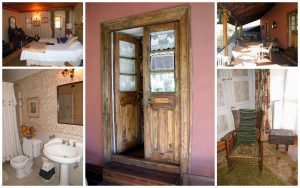
O nosso guia (Rough Guide to Chile 2006) afirmava que o hotel era parte do grupo Relais e Châteaux, mas pelo que vimos não é mais. Percebemos uma certa decadência na fazenda, desde o papel de parede descascado, até a toalha bordada poída e o gerente (na verdade genro do dono) reclamando da interferência da família na condução nos negócios… Enfim, tudo meio surreal!
Na manhã seguinte, partimos diretamente para o aeroporto de Santiago, 150 km ao norte, onde entregamos o carro e embarcamos no voo da Sky Airlines para Calama, com escala em Antofagasta. Apesar de o avião não ser muito novo, a viagem de pouco mais de duas horas foi agradável, no horário, e com um lanchinho de fazer a Gol passar vergonha. Em Calama, já tínhamos contratado com o hotel nosso transfer até San Pedro de Atacama, nossa base no deserto mais árido do mundo.
Outros capítulos da viagem ao Chile:
Nossa viagem ao Chile: primeira parte
Para ver mais fotos, clique aqui.
Para ler o relato do Steve, selecione o idioma inglês.
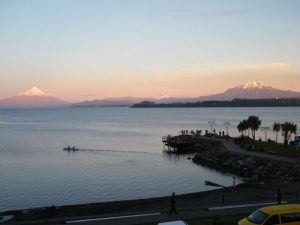
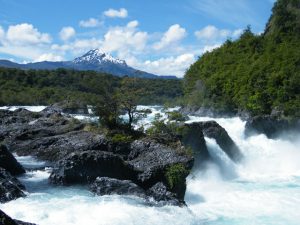
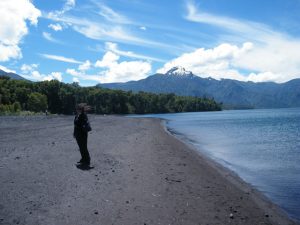
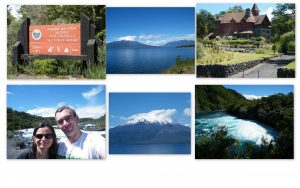 The next morning, we left Puerto Varas to start the long (~1000 km) drive back to Santiago. We decided to stop twice en-route. The first would ideally have been around half-way, but we couldn’t find anything that looked interesting in our guide book so elected to stay in the city of Valdivia which is described as ‘cosmopolitan’.
The next morning, we left Puerto Varas to start the long (~1000 km) drive back to Santiago. We decided to stop twice en-route. The first would ideally have been around half-way, but we couldn’t find anything that looked interesting in our guide book so elected to stay in the city of Valdivia which is described as ‘cosmopolitan’.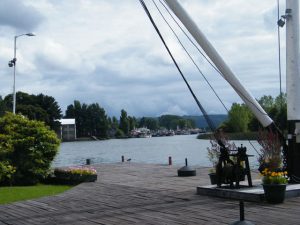
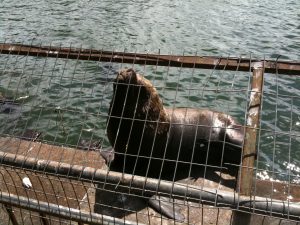
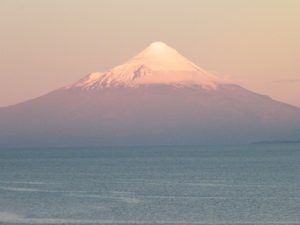
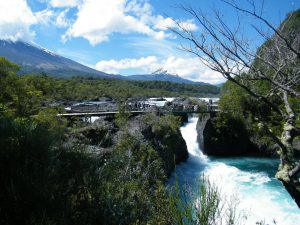
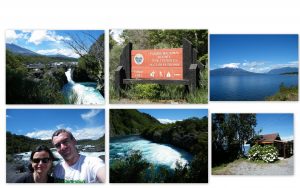
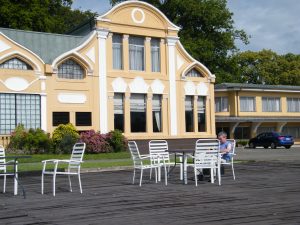
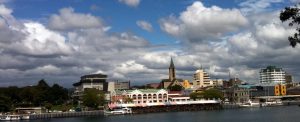
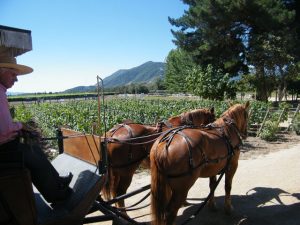
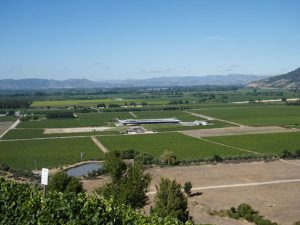
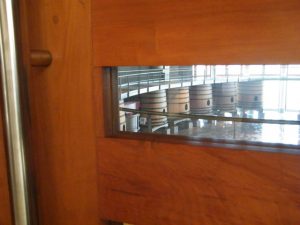
 Fui ao Chile pela primeira vez com minha mãe, quando ainda era adolescente. Fizemos a
Fui ao Chile pela primeira vez com minha mãe, quando ainda era adolescente. Fizemos a 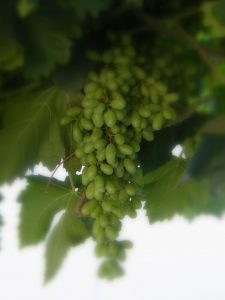
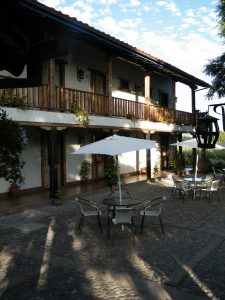
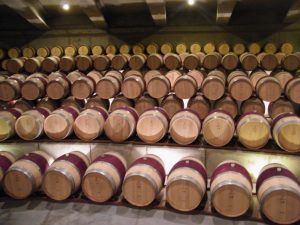
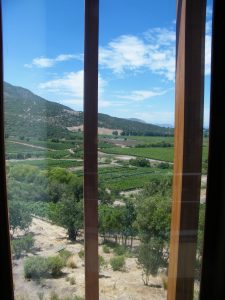
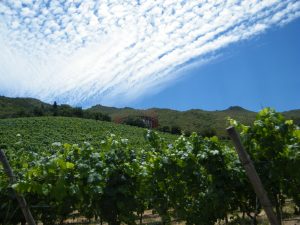
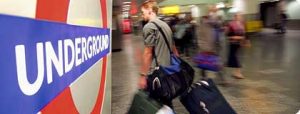
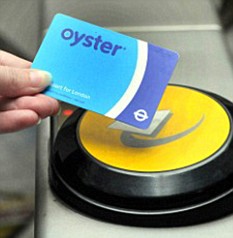 To navigate on the Tube is very easy. Each line is colour coded. On the map, the stations where you can change from one line to another are shown as a circle, the non-interchange stations are shown as a ‘tag’. The direction of travel is shown on the front of each train and on signs on each platform. Additionally, it is important to know your north, south, east and west despite the fact that the platforms are labelled as northbound, southbound, eastbound or westbound. To find your way round, you simple follow the colours of the lines/signs and have a general idea if you need to go north or south.
To navigate on the Tube is very easy. Each line is colour coded. On the map, the stations where you can change from one line to another are shown as a circle, the non-interchange stations are shown as a ‘tag’. The direction of travel is shown on the front of each train and on signs on each platform. Additionally, it is important to know your north, south, east and west despite the fact that the platforms are labelled as northbound, southbound, eastbound or westbound. To find your way round, you simple follow the colours of the lines/signs and have a general idea if you need to go north or south.